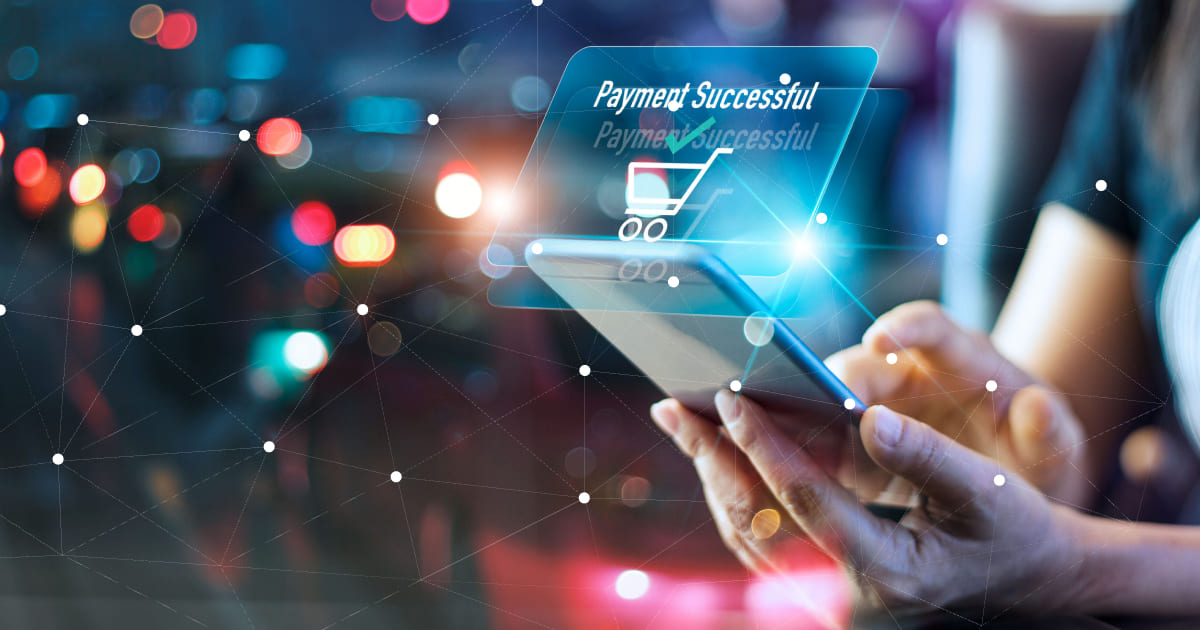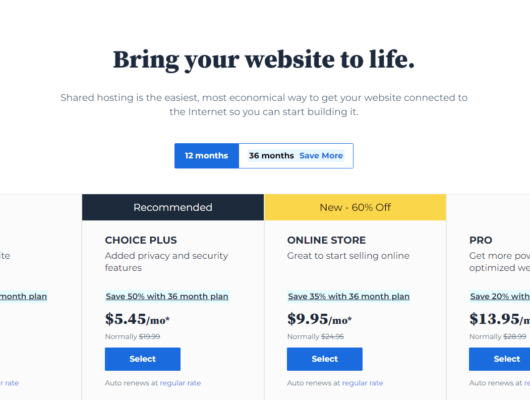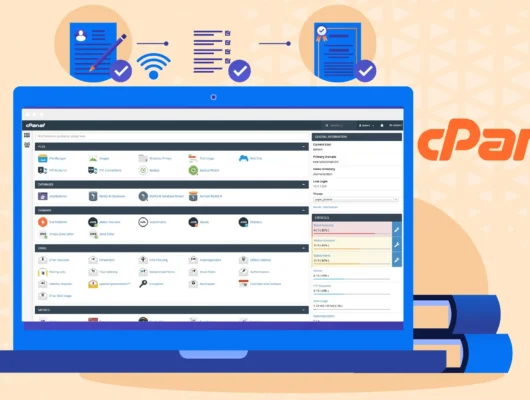In the ever-evolving landscape of e-commerce, the process of payment gateway integration stands as a crucial juncture for online businesses.
A seamless and secure payment experience is paramount for customer satisfaction and the success of any e-commerce venture.
This article explores the significance of payment gateway integration and provides insights into the key considerations for a smooth and efficient transaction process.
Understanding the Payment Gateway
A payment gateway is a technology solution that facilitates the secure transfer of payment information between a customer’s browser and the merchant’s website.
It acts as a bridge between the online store and the financial institution, ensuring that transactions are processed securely and efficiently.
Importance of Seamless Integration
Seamless integration of a payment gateway is vital for providing customers with a smooth and hassle-free checkout experience.
The integration should be seamless not only in terms of functionality but also in terms of design, ensuring that the payment process aligns seamlessly with the overall user interface of the online store.
Security Measures and Compliance
Security is a paramount concern in online transactions. Payment gateway integration involves the implementation of security measures such as SSL encryption, tokenization, and adherence to Payment Card Industry Data Security Standard (PCI DSS) compliance.
Ensuring the highest level of security instills confidence in customers, fostering trust in the online store.
Diverse Payment Options
Customers have diverse preferences when it comes to payment methods. A robust payment gateway integration should support a wide array of payment options, including credit/debit cards, digital wallets, bank transfers, and other emerging methods.
Offering flexibility in payment choices enhances the overall customer experience and caters to a broader audience.
Mobile Responsiveness
With the surge in mobile commerce, payment gateway integration must be optimized for mobile devices.
The checkout process should be seamless and user-friendly on smartphones and tablets, ensuring that customers can make purchases easily regardless of the device they are using.
User-Friendly Checkout Experience
The checkout process is a critical phase where customers decide to complete the transaction or abandon their cart. Payment gateway integration should contribute to a user-friendly and intuitive checkout experience.
Reducing the number of steps, providing clear instructions, and minimizing form fields are essential elements of an optimized checkout process.
Real-Time Transaction Processing
Efficiency is key in e-commerce transactions. Payment gateway integration should enable real-time transaction processing, providing instant feedback to customers about the success or failure of their payment.
Quick and transparent transactions contribute to a positive customer experience and help prevent abandoned carts.
Integration with E-commerce Platforms
For online businesses operating on e-commerce platforms, the payment gateway must integrate seamlessly with the chosen platform.
Whether it’s Shopify, WooCommerce, Magento, or others, compatibility ensures that the payment process aligns seamlessly with the overall functionality of the online store.
Read more about E-commerce server solutions…
Conclusion
Payment gateway integration is the backbone of a successful e-commerce transaction. It not only facilitates the movement of funds but also shapes the overall customer experience.
A well-integrated payment gateway ensures security, supports diverse payment options, and contributes to a user-friendly checkout process.
Online businesses that master the art of seamless payment gateway integration are better positioned to build customer trust, drive conversions, and thrive in the competitive world of e-commerce.
Final Tips for Keyphrase Density:
- Aim for around 1-2% keyphrase density in your article (i.e., if your article is 1000 words, try to use the keyphrase 10-20 times).
- Spread the keyphrase throughout, especially in headings, subheadings, and introductory/conclusion paragraphs.
- Be cautious about overusing the keyphrase. Focus on making the content natural and user-friendly.
This approach should help you naturally increase the keyphrase density without negatively impacting readability.






